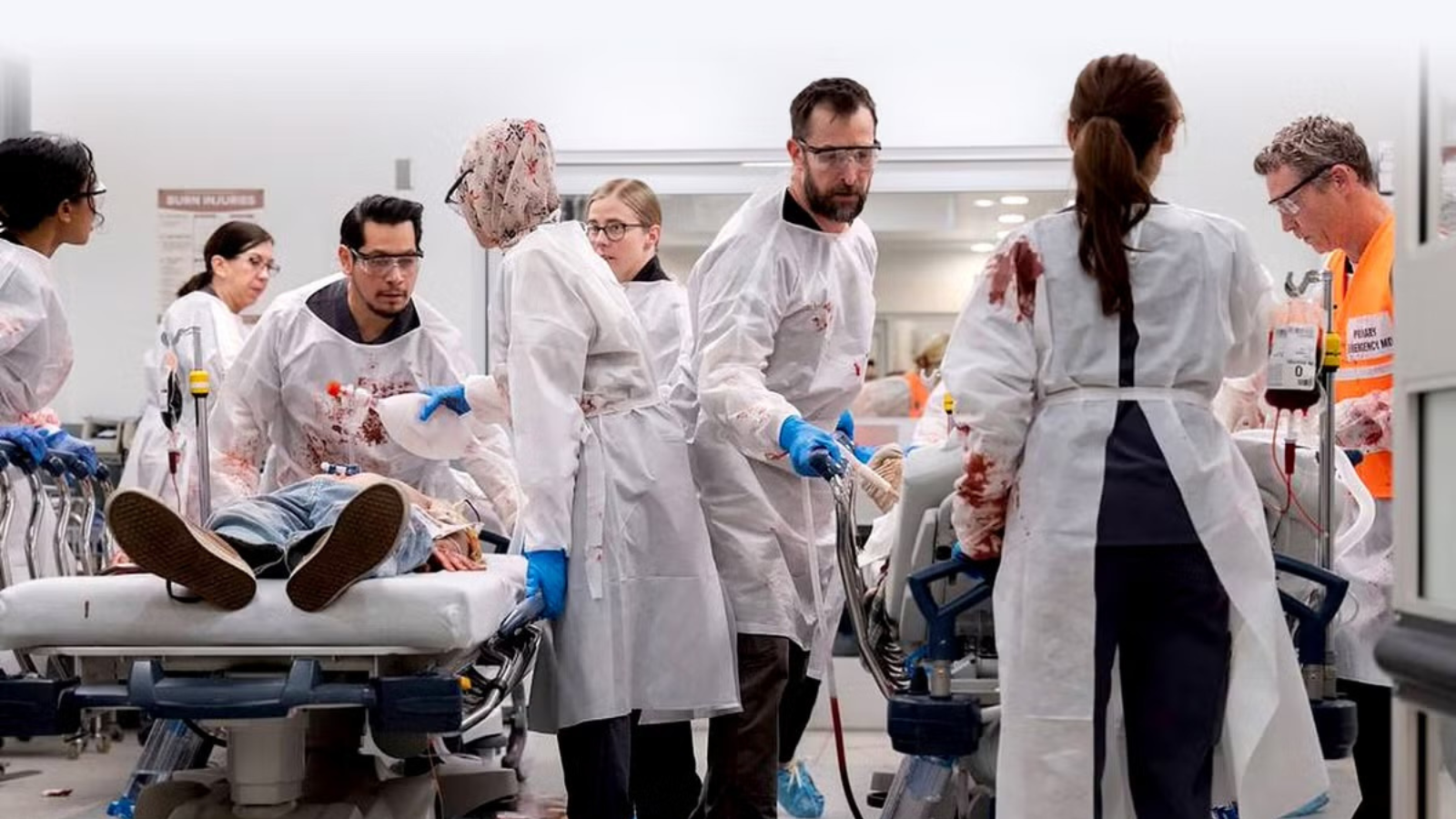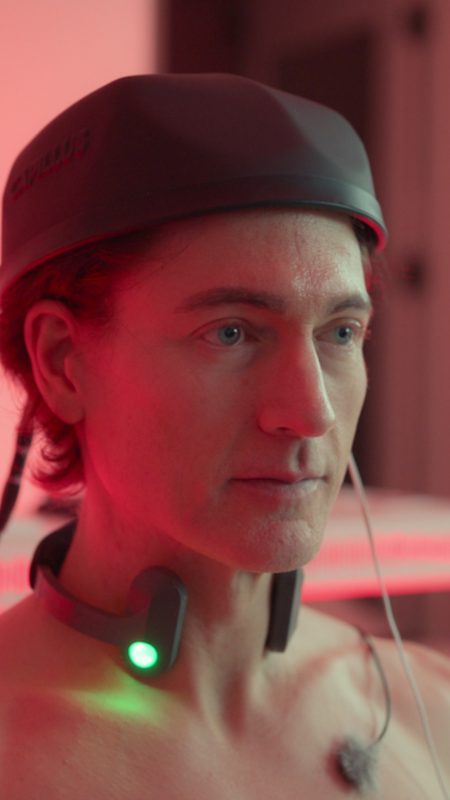The Pitt: A Glimpse into How Tough the Medical Field can Be

By Kayla Kurin
The Pitt, a new medical TV show, follows one shift in an ER in Pittsburgh. Through a 14-hour shift, we see the way work trauma impacts the medical workers who we depend on to save our lives.
Our leading physician, Dr. Michael “Robby” Robinavitch, played by Noah Wyle of ER fame, arrives at work on the anniversary of a death. That of his mentoring physician, who died in the hospital during the COVID-19 epidemic.
Throughout the shift, Robby is haunted by the ghosts of the people he didn’t save. His former leading physician tops the flashback list, but watching him lose a teenager to accidental fentanyl overdose and a child who drowned saving her sister, opens our eyes to what these doctors, nurses, social workers, and other hospital staff grapple with every day. Saving lives also means losing them.
The cast is filled out by other doctors, residents, and nurses. Everyone’s got a story to tell, and it’s interwoven finely with the plots of the episode as we watch patients come and go from the emergency room.
The season peaks with something all too topical – a mass shooting at a concert. Once again we watch Robby lose someone important to him, his stepson’s girlfriend, who was at the concert because Robby passed his tickets along to them, not able to go because of his work schedule.
Robby’s stepson, Jake, in his grief, blames Robby for her loss. Even though Robby knows he did everything he could to try to save her, it’s all too easy to believe his stepson. Robby breaks down in tears, having a panic attack while the hospital is in triage mode – having to decide which patients to prioritize.
The show touches on modern themes like abortion, anti-vaccination sentiment, mass shootings, and the fallout from the COVID-19 pandemic.
Medical workers can be at high risk for developing Secondary Traumatic Stress (STS) or Post Traumatic Stress Symptoms (PTSS). The COVID-19 Pandemic was especially tough for medical workers, and increased rates of post-traumatic stress amongst doctors, nurses, and paramedics. But some research shows that job satisfaction, and the feeling that they’re helping others who underwent trauma, can lead to Post Traumatic Growth, acting as a natural defense against symptoms of STS or PTSS. So perhaps it really is the relationships we witness between the staff and between the staff and patients in The Pitt are what will help these medical workers heal.
It’s no secret that healthcare workers can work long hours, often sacrificing their own health to care for ours. With a growing body of research on the negative health impacts of trauma from books like The Body Keeps the Score and The Myth of Normal, once the drama has settled, the Pitt raises the question: Who will care for the people that care for us?







